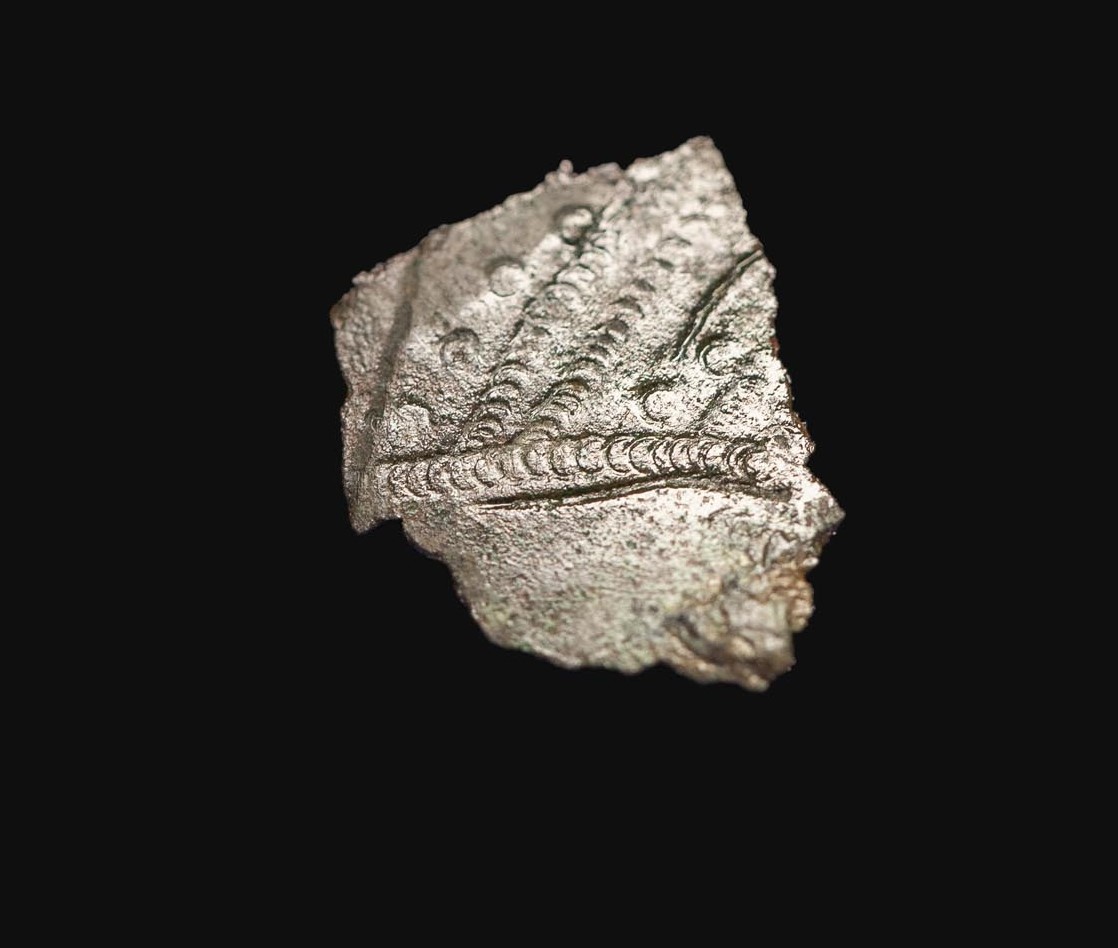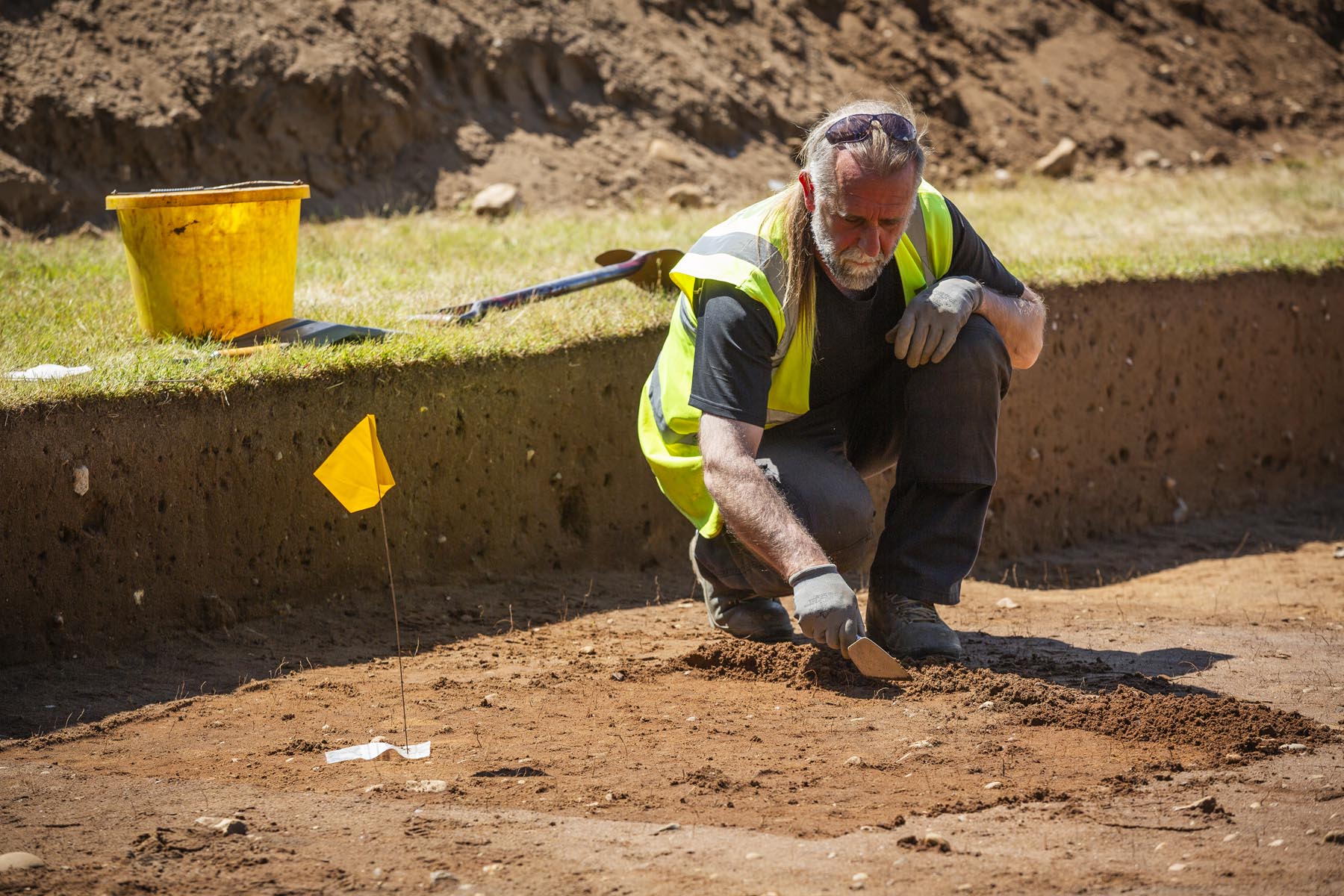After a month of excavating, archaeologists with Time Team, a long-running British archaeology TV show, have discovered missing pieces of a 6th-century Byzantine bucket at Sutton Hoo in Suffolk, England. The fragments, along with other finds, reveal more about this site’s prehistoric past.
Over 80 volunteers from across the world were taking part in the archaeological dig at Sutton Hoo over the last month. This site is famous across the world for its iconic Anglo-Saxon ship burial that was found under the soil in 1939. This discovery brought to light a burial chamber filled with valuable artifacts that belonged to a wealthy and significant figure who died in the early 7th century CE.
This was a time before “England” as a unified entity existed. It was also extremely rare for ship burials to take place at this point, so it is likely the person there was of great significance. Some have even suggested it was King Raedwald, who ruled the kingdom of East Anglia at this time.
Then, in 1986 (and then later in 2012), fragments of an ancient Byzantine bucket richly decorated with Greek inscriptions – known as the Bromeswell Bucket – were recovered in the same area, in a place called Garden Fields. The object was probably originally made in the eastern Mediterranean sometime in the 6th century, so it predates the ship burial by about a century.
How it came to this part of the country is unknown, but archaeologists, conservators, and volunteers had hoped to find more of it during their recent excavations. And they were not disappointed.

A piece of the Bromeswell Bucket discovered as part of the Time Team excavation at Sutton Hoo in June 2024.
Image courtesy of David Brunetti, National Trust Images.
Time Team used a range of advanced technology during the dig that was part of a new two-year research project that explored the early history of Sutton Hoo. They used a mix of geophysical surveys, including X-Ray Fluorescence (XRF) which is a type of chemical and elemental analysis.
With this, the team was able to confirm that the newly discovered bucket fragments, as well as some already recovered and in storage, were indeed part of the Bromeswell Bucket.
Ever since the bucket fragments were first discovered in the 1980s, researchers have spent painstaking hours cleaning, re-shaping, and then mounting them to show the item in its former glory.
“Earlier geophysical surveys carried out by Time Team had identified some mysterious anomalies, which led us to the excavation of Garden Field,” Angus Wainwright, Regional Archaeologist for the National Trust, explained in a statement sent to IFLScience.
“It’s hoped that this two-year research project will help us to learn more about the wider landscape at Sutton Hoo and the everyday lives of the people that lived there, perhaps even shedding some light on why the Royal Burial Ground was placed where it was. So, this find is a great step on that journey.”

The Time Team excavation is part of a two-year research project that is seeking more information about the site’s prehistoric history.
Image courtesy of David Brunetti, National Trust Images.
The examination of the fragments using Time Team’s specialist technologies revealed that the bucket was previously damaged and then repaired. It is even possible that the metal was soldered back together again after that.
This is just one discovery made during the month-long excavation. The rest will be revealed as part of a Time Team documentary on the excavation. Before then, the objects recovered from the dig will be sent for processing and cataloging before they return to Sutton Hoo.
Time Team’s Series Producer and Creator, Tim Taylor, added that “[t]his year’s dig has been fantastic, and we’ve really been able to piece together part of a 40-year mystery and unearth a new chapter in the Sutton Hoo story.”
Source Link: Time Team Archaeologists Discover Fragment Of Famous 6th Century Byzantine Bucket At Sutton Hoo